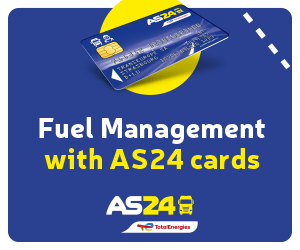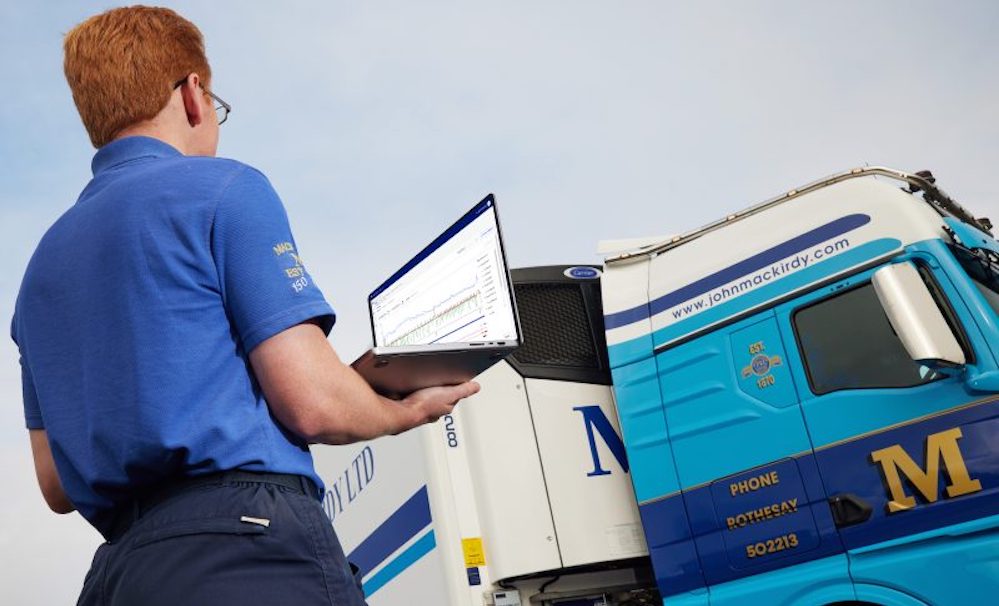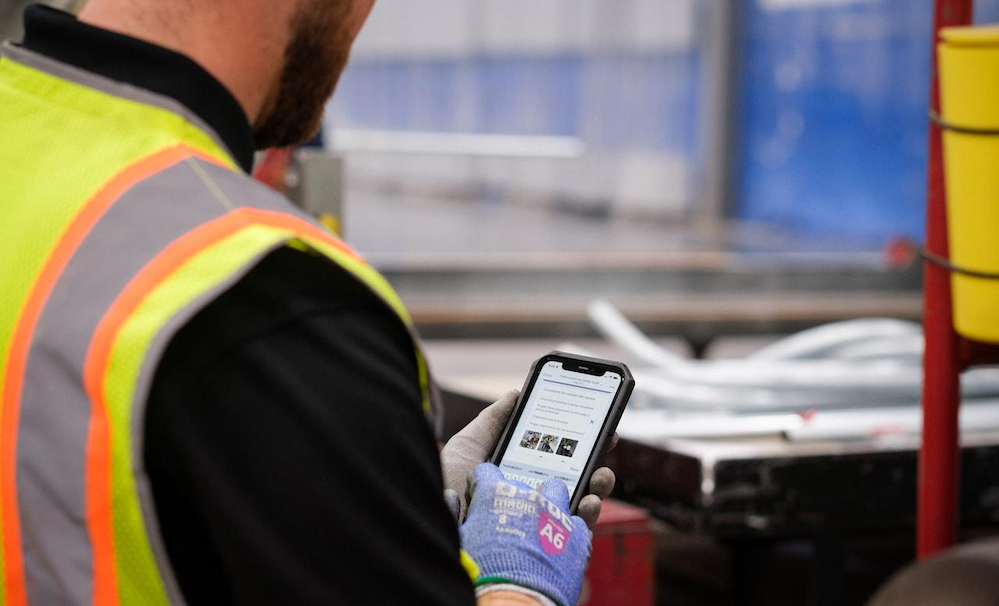Driver shortage is the hottest topic in logistics, with the Road Haulage Association (RHA) and the Freight Transport Association (FTA) saying the UK is currently lacking between 45,000 and 60,000 drivers, which could rise to 150,000 by 2020.
Christmas is putting further pressure on already over-stretched haulage companies. A new survey by the Recruitment & Employment Confederation (REC) has revealed that 54 per cent of recruiters who supply drivers to supermarkets, retailers and distribution firms think that there is a chance deliveries won’t arrive in time for Christmas because of a lack of drivers.
“The issue is trying to make driving attractive to potential new drivers,” says Darren Cronshaw, MD of logistics software company, Vigo. “It has been difficult to attract drivers for many years and with the advent of autonomous vehicles, people are not necessarily thinking about HGV driving as a long-term career. Combine that with how expensive it is to train to become a new driver and you soon realise there are some significant challenges in attracting new talent to the sector.”
Introduced in 2009, the Driver Certificate of Professional Competence (CPC) has pushed older drivers to retire rather than pay £3,000 for the certificate. There has been a 45 per cent fall in drivers obtaining the licence in five years, according to the non-profit, Skills for Logistics.
Add in the long hours away from home and lack of decent roadside facilities, and it’s easy to see why drivers are discouraged. So, what’s the solution?
“A lot of businesses in the sector now are looking at reducing their reliance on drivers – and seeking out more efficient and cost-effective way of operating,” says Cronshaw. “There’s an added urgency to working more efficiently and using fewer vehicles, and there’s a need to collaborate with other businesses that have capacity where you don’t.”
Vigo’s Transport Management System (TMS), is one option that can help haulage companies operate more efficiently. It generates route plans and gives live traffic updates, and has administrative processes streamlined into the system – this puts information about fleet efficiency at the operators’ finger tips.
Another software solution is vehicle-tracking Telematics, which can save up to 20 per cent in costs, and ensure that the nearest driver is directed to a job. Cutting driving time and optimising drop routes means that fewer drivers are needed.
“We can now plan all of our loads in under two hours and optimise our revenues for each vehicle with Vigo’s TMS Loadbuilder,” says Toby Love – Operations Director, Ralph Davies International. “It is saving us over four hours a day planning and has pushed our payload average up by 15 per cent per vehicle.”
Department For Transport figures highlight another industry problem – 30 per cent of total vehicle distance is run empty. Software can easily reduce the percentage of empty backhauls by enabling companies to collaborate – if only businesses will invest in the technology.
“I think everyone in the sector is cost-focused for good reason, but it’s important to distinguish between managing your margin and managing what you spend. Not investing in projects that can save cash in the long term can be a big mistake,” advises Vigo’s MD.
And that mistake will become apparent if festive shoppers find empty shelves. REC’s survey showed 70 percent of respondents feel the driver shortage is worse this year than last. REC chief executive Kevin Green admits that “not having enough drivers to deliver goods can have dire consequences”.
Driver shortage isn’t going to change – the average age of drivers is 55, the FTA estimates 250,000 UK drivers will retire in the next 15 years, and 60,000 EU nationals driving HGVs in the UK could be ousted by Brexit – but the way businesses address the issue can change, and utilising technology to streamline operations will not only give higher operating efficiency and control, but also reduce dependence on the ever-dwindling number of drivers.









The driver shortage subject comes around every few months and especially at Christmas, the same reasons are discussed again and again…. except one….. MONEY!….. I’m earning virtually the same now as I was in the eighties. Here in the real world, you’ll find that is what the actual drivers talk about. It’s always been expensive to get the licence, it cost me over £1000 in 1984, but the rewards were worth it then. Now, you can the same hourly rate stacking shelves in a supermarket! Until rates are increased by a decent amount (30 to 50%)….. there will always be a driver shortage……
What a load of rubbish. There is not a shortage of drivers at all. There are drivers out their trying to get work . And its the insurance companies demanding that new drivers have a minimum of 2 years exprience . How are new guys supposed to gain this experience in the first place if they can’t get the job ??.. Its the Fat Cat Insurance Companies that at Holding Back the New Drivers trying to Gain that Experience in the First Place.
What a load of rubbish. There is not a shortage of drivers at all. There are drivers out their trying to get work . And its the insurance companies demanding that new drivers have a minimum of 2 years exprience . How are new guys supposed to gain this experience in the first place if they can’t get the job ??.. Its the Fat Cat Insurance Companies that are Holding Back the New Drivers trying to Gain that Experience in the First Place.